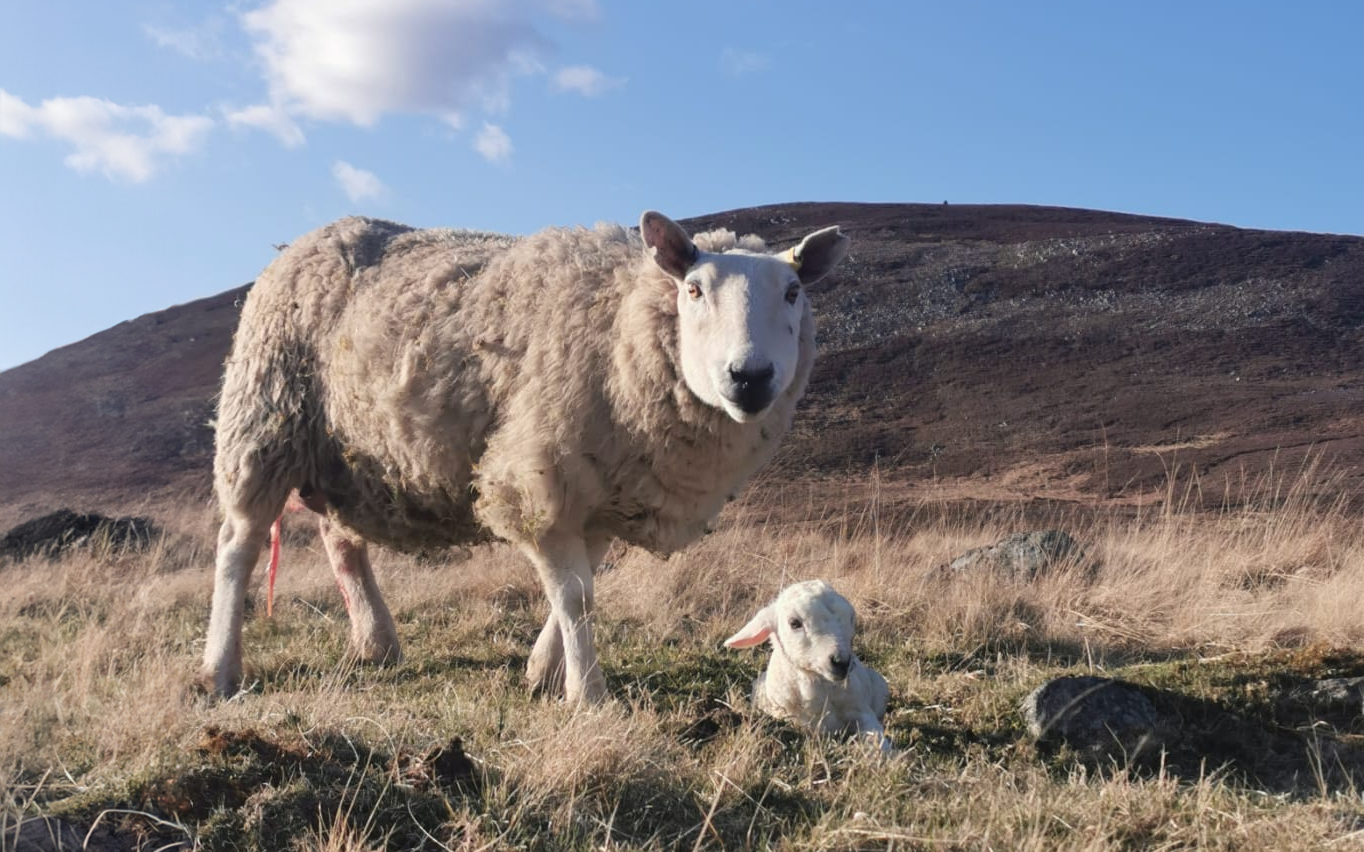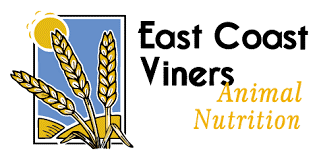With scanning results looking good this year on many of Scotland’s sheep farms, nutrition expert, Calum Littlejohn of East Coast Viners, is urging farmers to focus on quality feeding over the next few weeks to maximise healthy and straight forward lambing.
“Many are seeing ewes looking in good condition, but it’s important not to fall into the trap of thinking they’ll be alright because they are looking good by eye: 75% of foetal growth is in late pregnancy, this is the time when correct nutrition is vitally important. Even if ewes are in good condition, they still need to be fed adequately as fat ewes that are underfed will suffer from metabolic issues such as twin lamb disease.”
Energy requirements increase drastically – approximately 60% for a twin bearing 70kg ewe – between seven weeks and one week pre-lambing when the ewes are under stress and need the greatest sources of energy and protein, he explains:
“This needs to include the right nutrients and in the right ratio for good average birth weights. Different breeds have their own optimum birth weights however a good rule of thumb for lowland breeds is 6kgs for a single, 5kgs each for a set of twins and 4.5kgs for triplets. With the current strong hogg trade and optimistic outlook for new season lamb, it’s worth getting the feeding and nutrition right, right to the end, to get the best survival rate and the return on the investment that you’ve put into your flock so far.”
Low birth weight lambs can be weaker and may not get up to their feet to suckle and get the vital 50ml of colostrum in the first few hours of birth. The ability of the lamb to absorb the immunoglobulins in the colostrum drops after six hours which is the main reason to get the colostrum in quickly.
Lambs require 200ml of quality colostrum per kilogram of bodyweight in the first 24 hours for a healthy start. A strong healthy lamb up and sucking within 15 minutes of birth has more than a 90% chance of still being alive 90 days later.
Correct ewe body condition score (BCS) can help to sustain foetal and udder growth. For best results, BCS should be on average 3 at lambing for lowland ewes – this will be closer to 2.5 for upland ewes and hill ewes – so if the weather is bad or there’s a slight lack of nutrition they can utilise extra reserves at this critical time. If you do find your ewes are under conditioned at this stage, seek advice from your nutritionist as soon as possible to ensure they are given the best chance to lamb successfully.
“Check feed label for the energy levels and type of protein in the feed to ensure it’s supplying what’s needed at this stage. An 18% ewe roll from different suppliers is not always like-for-like. Look for the energy MJ/kg and make sure quality cereals are in the top three ingredients and these are not cereal by-products. It should include some bypass protein sources that don’t degrade in the rumen and are absorbed in the small intestine to aid colostrum quality and quantity.”
If you are feeding large amounts of concentrates (over 0.5kgs per day), Calum suggests splitting this over two feeds to keep the rumen pH consistent. If the pH falls too low, there is a greater risk of acidosis.
Feeding concentrates can either be done through a step rate system or a flat rate system. Step rate is where the amount of concentrate is increased to meet the increasing energy and protein requirements in the weeks running up to lambing. Flat rate feeding is feeding the same amount of feeding for the last six weeks of lambing.
“If there are numerous people on farm and you’re feeding flat rate for easier management, take an average of the minimum and maximum feed over the six-week period and average it out. A flat rate system is not suitable for lean ewes or triplet bearing ewes as their energy requirements can exceed the amount of feed offered.”
Calum also recommends forage analysis, to ensure the correct amount of concentrates is offered to balance the forage. If this is not done, over or under feeding can result with higher risk of lamb losses.
If forage and feed management is good, there are opportunities to save money on bought-in concentrates, however this needs to be calculated correctly. In contrast, if forage is poorer than expected, the risk of underfeeding is higher if forage quality has not been factored in.
“If you have a high scanning percentage, you may want to increase your specification of ewe rolls or consider molasses depending on your forage quality. Molasses is excellent for higher performing flocks as it doesn’t fill the ewes up, so provides a readily available source of energy to ewes that are under additional stress.”
Nutrition continues to be important post lambing for maintaining ewe condition and for optimising lamb growth rates, Calum ends:
“Nutrient demands to support milk production increase rapidly after lambing and is higher than that of late pregnancy. Milk yield peaks at around 3-4 weeks post lambing and then declines thereafter. If the ewe’s nutrient demands are not met by grazing alone, ewes then rely on their own energy reserves and milk can suffer. The energy gap can be bridged with concentrates until there is good grass available. With high costs it’s tempting to pull back on input costs, but this can impact the margins long term through poor lamb growth rates and poor ewe condition. Aim to get lambs away as quick as possible off farm; For every extra week you keep those lambs they are consuming more forage resources, and by reaching target weights quicker, it can reduce fertiliser requirements or free up grassland for other classes of stock or forage production.”

